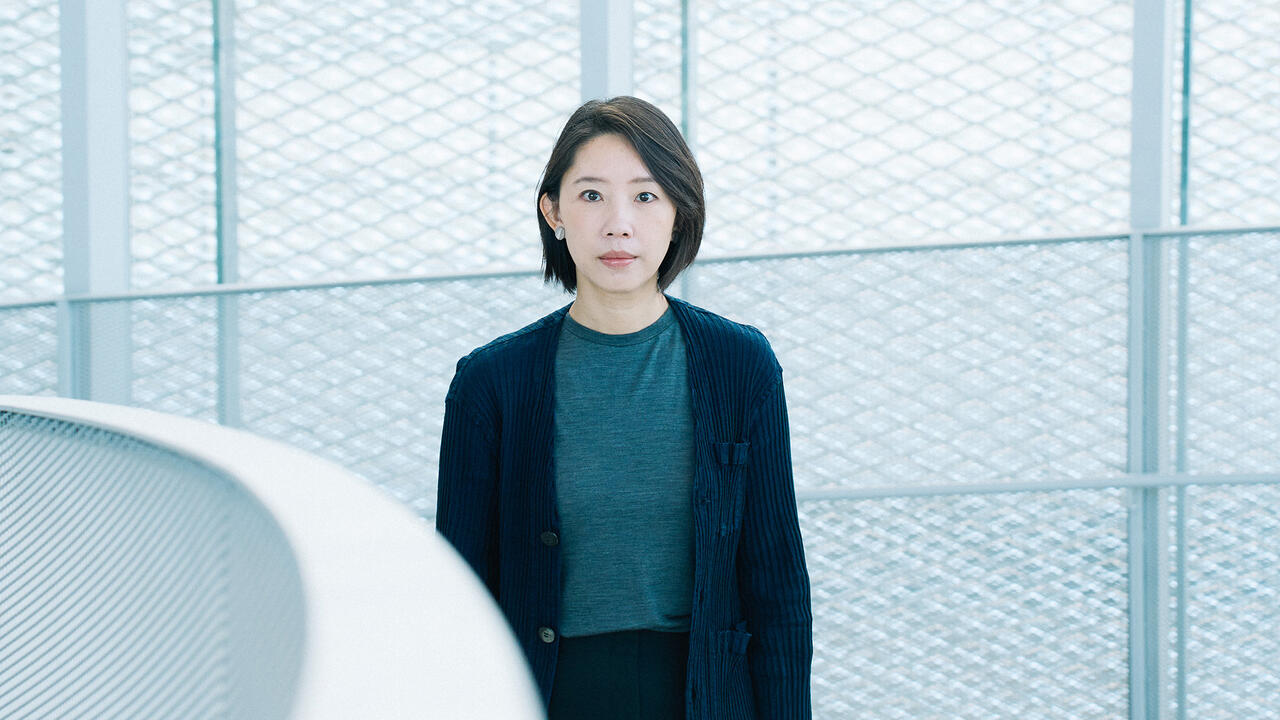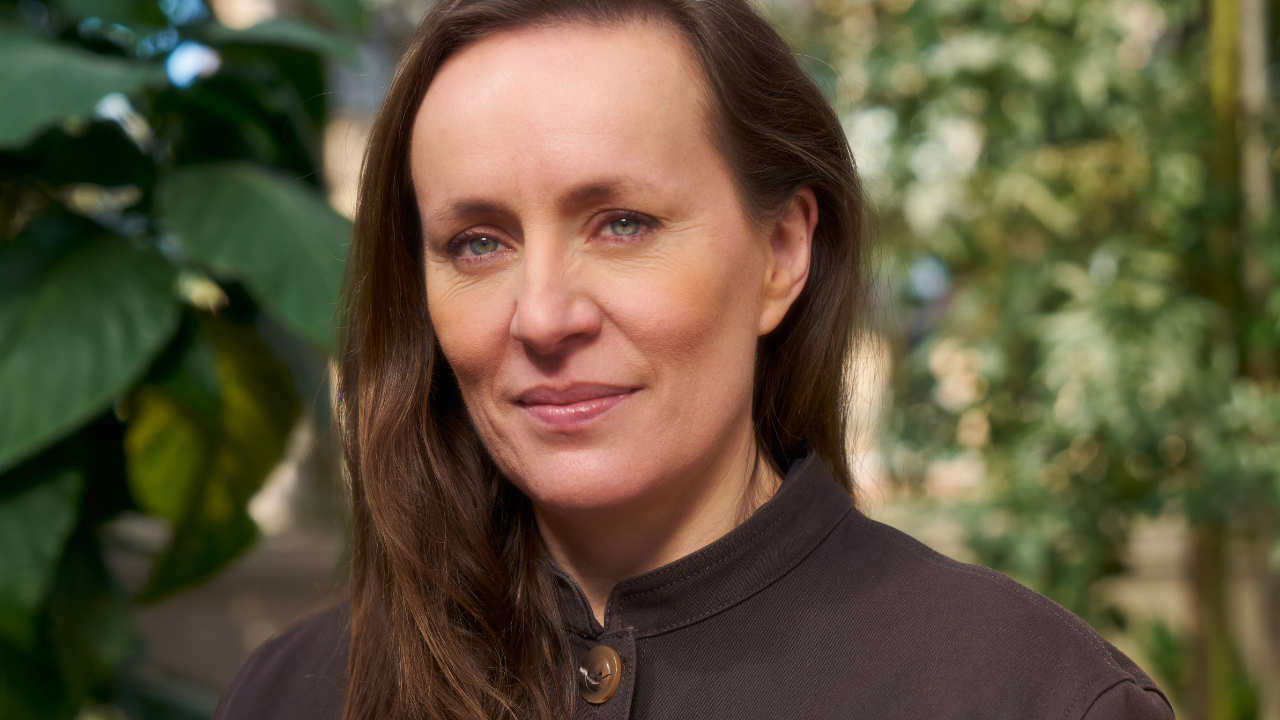Magic Mountain
Artist and composer Arnold Dreyblatt discusses his project Performing the Black Mountain Archive
Artist and composer Arnold Dreyblatt discusses his project Performing the Black Mountain Archive

Jan Kedves For the exhibition Black Mountain. An Interdisciplinary Experiment 1933–1957 at Berlin’s Hamburger Bahnhof, you’ve developed a performance installation that’s due to run alongside the show from June to September, under the title Performing the Black Mountain Archive. How do you perform an archive?
Arnold Dreyblatt I began working performatively with archive materials in the 1990s. In my Reading Projects (1996–2005) I often had archival texts read aloud by hundreds of people at the same time. For these events, I created scores that precisely defined the beginning, duration and content of each reading. When the curators of this Black Mountain exhibition, Eugen Blume and Gabriele Knapstein, asked me to develop a project using Black Mountain College (BMC) archival material, I thought that similar scores might be suitable. To bring the archival documents into the present and to counter nostalgia, I invited art students from various disciplines from across Europe to the museum and work with the archive materials I collected.
JK Was this invitation intended to reflect the interdisciplinarity that was practiced at BMC in North Carolina, inspired by John Dewey and his essay Art as Experience (1934)?
AD Yes, BMC was an attempt to create an institution of higher education where the arts – including the performing arts – played an equal role alongside natural and social sciences. Interdisciplinary interaction was fostered within the arts themselves. A well-known example of this approach is the so-called ‘Glyph Exchange’ initiated in 1951 by the college’s rector at the time, the poet Charles Olson. He was interested in Mayan pictographs or ‘Glyphs’ and he inspired a cross-disciplinary project for which he wrote a ‘Glyph’ poem, Ben Shahn created a painting, Lou Harrison composed music, and the dancer Katherine Litz interpreted the poem in dance. Dialogue was established between different disciplines based on a shared interest.

JK How do you plan to bring this kind of dialogue to Hamburger Bahnhof?
AD We’re inviting groups of students to come on participatory study trips to work at the museum for periods of one or two weeks. They are provided with a studio area within the exhibition containing an archive with BMC-related documents that I researched and compiled from various State Archives and University Collections in the US: administrative files, memoirs by former BMC students and faculty members, minutes of discussions held there, BMC publications, and so forth. Classes from the Bern University of the Arts, the Norwegian Theatre Academy in Fredrikstad and the Sound Studies Program at Berlin’s UdK among others have confirmed that they will take part, and there will also be students from the North American and German Studies Departments from the Bonn University. In total, there will be students from ten universities. Every day, at specific times in the morning and the afternoon, the students will read selected archival documents at one of four spaces within the exhibition, which are designed much like public squares. Or they’ll read texts they’ve written themselves, or do something performative – music, theatre or dance. They have the option of replacing moments in my score with some-thing they’ve developed themselves. It is in some ways related to John Cage’s Theatre Piece No. 1 (1952) at BMC, in which resident artists performed coinciding activities of their own choice, while moving through-out the audience which was seated in four triangular areas, within predetermined ‘time brackets’.
JK As an artist, composer and professor, do you have a personal connection to Black Mountain College?
AD I don’t have a direct connection to BMC but I would still say that it has influenced me. When the college closed in 1957, due to a drop in student numbers and a lack of funds, many of the teachers and students moved to New York City and made their mark on the city’s cultural life. John Cage, for example, taught a legendary class at the New School which was attended by many artists and composers who would later become well-known. My own formative years were spent in the downtown New York scene in the late 1960s and early 1970s. At that time, for example, if you were present at performative arts events (music, theater and dance), you would also meet many visual artists. Today, the interaction between artistic disciplines seems to have been largely lost. For me, as someone who works in different fields – fine art, composition, performance – the interdisciplanary legacy of Black Mountain seems especially relevant today.

JK From what you’ve observed, does interdisciplinarity still get a rough deal?
AD Yes, it is seen as complicated and difficult – especially in higher education. There is still the segregation of disciplines which mostly keep to themselves. The painting department, the sculpture department, and so on. In Kiel, where I am a professor, I run the so-called ‘media class’ which might as well be called the ‘etcetera class’ because most of the students come from extremely diverse backgrounds.
JK At BMC, as well as the influence of Dewey, there was also a strong German influence: Josef and Anni Albers as well as Xanti Schawinsky, who had all taught at the Bauhaus in Weimar and Dessau, came to teach at BMC after fleeing the Nazis.
AD Yes, many émigré Germans taught at the BMC. They urgently needed work in order to be allowed into the US. This aspect is not so well known in America today. Most people, myself included, have tended to remember the BMC of the post-war years due to the legendary summer academies that were held there between 1944 and 1956 with teachers including Cage, Merce Cunningham and Buckminster Fuller. It was only during my research for this project that I realized how strong the link to Germany was before and during World War II. Josef and Anni Albers came to BMC as early as 1933. Walter Gropius sat on the advisory board between 1940 and 1949. And in 1944, Gropius arranged a post for Max Dehn, an important Jewish mathematician from Berlin. In several memoirs written by former students about their time at the College, Dehn is mentioned as an inspirational figure. In an interview with Cage that we found in the archive, for example, he recalls that his passion for collecting mushrooms was awakened by Max Dehn during a walk they took together in the forest.
Translated by Nicholas Grindell
Arnold Dreyblatt is an artist and composer from New York who has been living in Berlin since 1984. He is professor of media art at the Muthesius University in Kiel and a member of Berlin’s Akademie der Künste. His Performing the Black Mountain Archive project at Museum Hamburger Bahnhof runs from 5 June to 27 September 2015.













